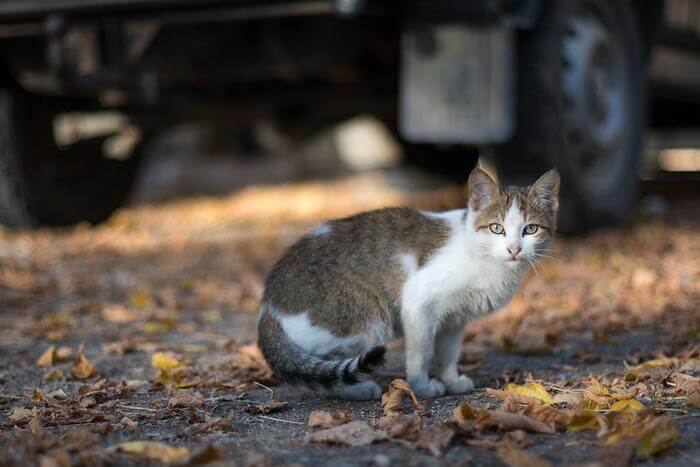Higher human population density and environmental temperature fluctuations are linked to an increase in the release of Toxoplasma gondii parasites by wild, stray, and feral cats. The parasites cause toxoplasmosis, a disease affecting humans and animals. Policymakers are urged to manage feral cat populations to help reduce the spread of the disease.
New research indicates that wild, stray, and feral cats living in areas with a high density of humans tend to release more of the parasite causing toxoplasmosis. Additionally, the study shows that fluctuating environmental temperatures also have a connection to the shedding of the parasite. The study was conducted by Sophie Zhu from the University of California Davis, U.S., and her colleagues and was published in the open-access journal PLOS ONE on June 21.
Toxoplasmosis, a disease ranging from mild to severe, is caused by the parasite Toxoplasma gondii. This parasite can infect various warm-blooded animals including humans, cats, sheep, mice, birds, and sea otters. Transmission of T. gondii is largely attributed to wild and domestic cats releasing, or shedding, the parasite during a specific stage in its life cycle known as oocyst. Previous research has mainly concentrated on domestic cats, leaving gaps in knowledge about the shedding of the parasite by wild, stray, and feral cats.
To improve understanding, Zhu and her team analyzed data from 47 studies on wildcats, like cougars and bobcats, and unowned free-roaming domestic cats, including stray cats, unowned outdoor cats fed by humans, and feral cats not fed by humans. The data covered different regions globally, and the study considered various human and climate-related factors that might be associated with T. gondii oocyst shedding.
The analysis revealed that places with higher human population density exhibited increased T. gondii oocyst shedding. The study also found that greater mean daily temperature fluctuations led to more shedding from domestic cats, while higher temperatures during the driest quarter of the year were linked to reduced shedding in wildcats.
While the findings do not establish causal relationships, when combined with evidence from other studies, they imply that increases in human population density and temperature fluctuations may foster environmental conditions promoting the spread of T. gondii and other infectious diseases.
The researchers suggest that to help curb T. gondii transmission, policy focus should be on managing feral cat populations.
The authors of the study state, “Changes from climate or human activities can affect disease transmission in ways that we don’t fully understand yet. In our study we can see how these factors may be associated with changes in Toxoplasma shedding by cats, which in turn can affect the risk of exposure to vulnerable people and wildlife.”

